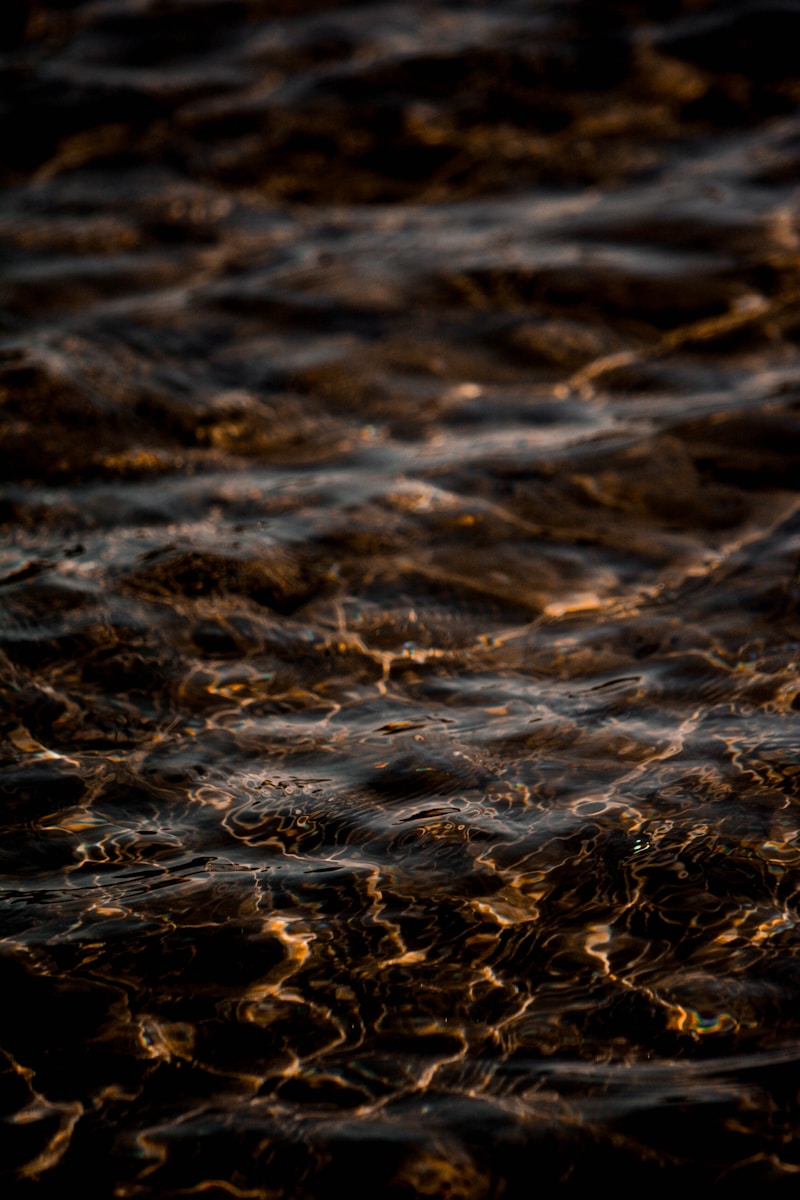Exploring Layered Fabric Textures: A Comprehensive Guide
Understanding Layered Fabric Textures
Layered fabric textures have emerged as a significant trend in the world of fashion and interior design. These textures add depth, dimension, and an unparalleled aesthetic appeal to various creations. They can transform simple garments and spaces into artistic expressions, showcasing the creativity and innovation of designers. In this article, we will explore the various aspects of layered fabric textures, how they can be utilized effectively, and the inspiration they can provide.
The Importance of Layered Fabric Textures
Layered fabric textures play a crucial role in adding interest and complexity to both clothing and décor. But what exactly are these textures? Layered fabric textures are created by combining multiple fabrics in a way that each layer contributes to the overall look and feel of the piece. This can include variations in color, pattern, and finish that can make a single item truly unique.
Applications of Layered Fabric Textures
There are numerous applications for layered fabric textures in various fields. Here are some popular areas where these textures are commonly used:
| Application Area | Description |
| Fashion Design | Layered fabric textures are used to create avant-garde clothing items that capture attention. |
| Interior Design | Used in upholstery and curtains, layered textures can add warmth and sophistication to a room. |
| Art & Crafts | Artisans use different fabrics to create mixed media artworks, enhancing visual storytelling. |
Types of Layered Fabric Textures
When exploring layered fabric textures, it's essential to understand the different types that exist. Below are some commonly used layered fabrics:
- Organza over Silk: The sheer quality of organza layered over the richness of silk creates an ethereal effect.
- Denim and Lace: The juxtaposition of rugged denim with delicate lace adds a contemporary twist to traditional styles.
- Cotton Voile with Chiffon: This combination offers both breathability and an airy appearance, perfect for summer wear.
- Tulle with Velvet: Layering tulle over velvet presents a luxurious yet whimsical touch to evening gowns.
Choosing the Right Fabrics
To achieve the desired effect with layered fabric textures, selecting the right combination of materials is vital. Here are several tips for choosing the right fabrics:
- Consider the weight and drape: Heavier fabrics like velvet can provide structure, while lighter fabrics like chiffon can create softness.
- Experiment with textures: Mixing different textures can result in a visually interesting piece that captivates the viewer.
- Pay attention to the color palette: Choose colors that complement each other, and don't be afraid to include contrasting hues for added excitement.
Creating Layered Fabric Textures in Fashion
When it comes to fashion, layered fabric textures can be utilized in various ways. Here are some tips for incorporating these textures into your wardrobe:
1. Layering Techniques
Understanding layering techniques can elevate your outfits. Experiment with combining different lengths, patterns, and fabrics. For instance, pairing a long lace overlay with a fitted dress creates an elegant silhouette.
2. Accessories
Accessories play a pivotal role in achieving layered textures without overwhelming your outfit. Incorporate scarves, vests, and shawls made of layered fabrics to enhance your look effortlessly.
3. Seasonal Adaptations
Adapt your layering techniques depending on the seasons. In colder months, layering thick fabrics like wool over lighter layers can keep you warm while still looking chic. In contrast, lightweight layered fabrics during summer allow for breathability.
Layered Fabric Textures in Interior Design
Layered fabric textures can also dramatically enhance interior spaces. To achieve a balanced and visually appealing environment, consider the following methods:
1. Choosing Curtains & Upholstery
Layering different fabric textures for curtains and upholstery can add depth to any room. For example, pairing sheer curtains with heavier drapes creates a beautiful contrast while allowing light to filter through.
2. Throw Pillows and Cushions
Layered textures can also be achieved through throw pillows. Utilize various fabrics, textures, and patterns for cushions to create a cozy, inviting atmosphere in your living spaces.
3. Wall Hangings and Décor
Consider using layered fabric wall hangings or soft furnishings, such as quilts or throws. These additions can soften the space and provide a splash of color and texture to otherwise plain walls.

Inspiration from Famous Designers
Some renowned designers have made a name for themselves by utilizing layered fabric textures creatively. Icons such as Alexander McQueen and Christian Dior have pushed the boundaries of fashion by integrating layers in innovative ways.
The Impact of Cultural Influences
Layered fabric textures are deeply influenced by cultural practices. For instance, traditional garments from various cultures, such as the Japanese kimono or the Ethiopian habesha kemis, often incorporate layering techniques that tell stories of their heritage.
Conclusion and Final Thoughts
In conclusion, layered fabric textures offer endless possibilities for both fashion and interior design. They create depth, complexity, and a unique aesthetic that can elevate any item or space. When experimenting with layered fabrics, remember to choose materials that complement each other and enhance their individual characteristics. As you dive deeper into the world of layered fabric textures, consider taking inspiration from historic practices and contemporary innovators. Incorporating these trends thoughtfully can result in creations that are not just visually stunning but also deeply personal.
As you embark on your journey with layered fabric textures, remember to explore different fabrics, techniques, and cultural influences. Whether you're designing an outfit or redecorating your home, layered textures can provide that magical touch that transforms the ordinary into the extraordinary.
Be mindful to test combinations and allow your creativity to flow. Ultimately, layering fabrics is not just about the materials, but about expressing yourself through your creations.